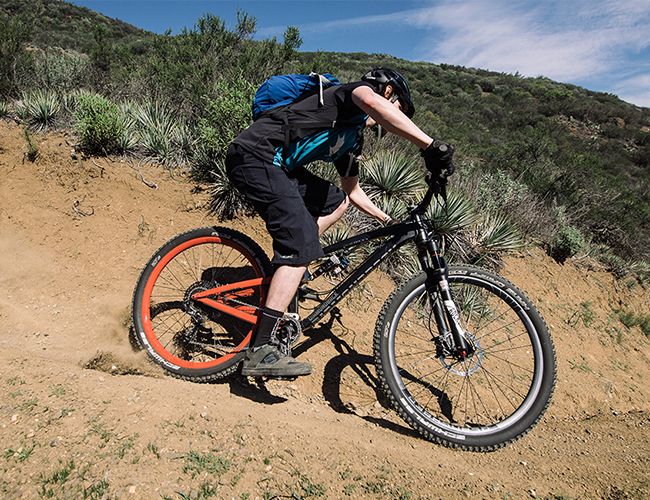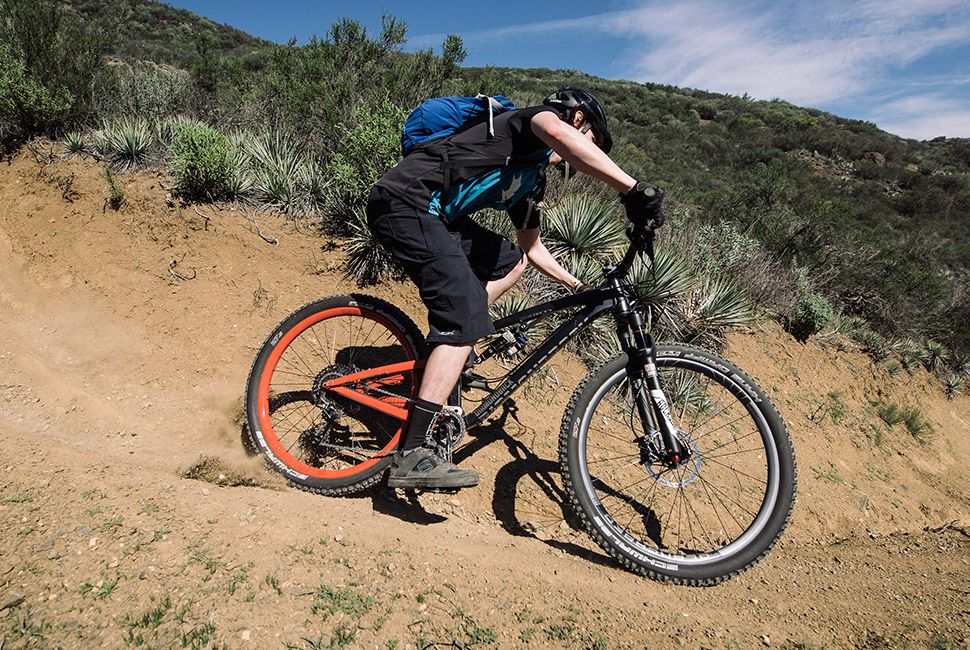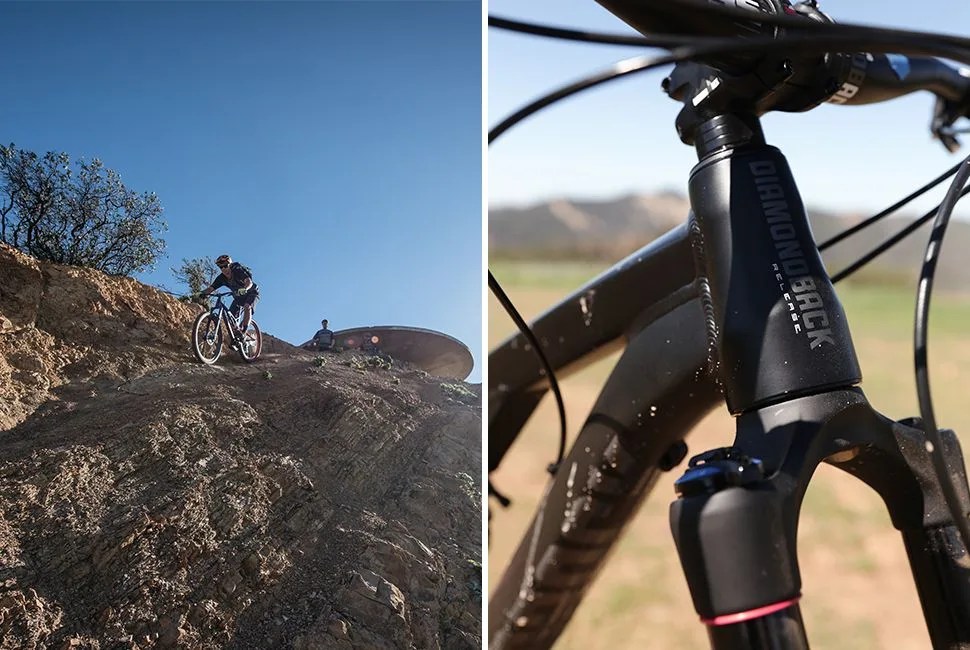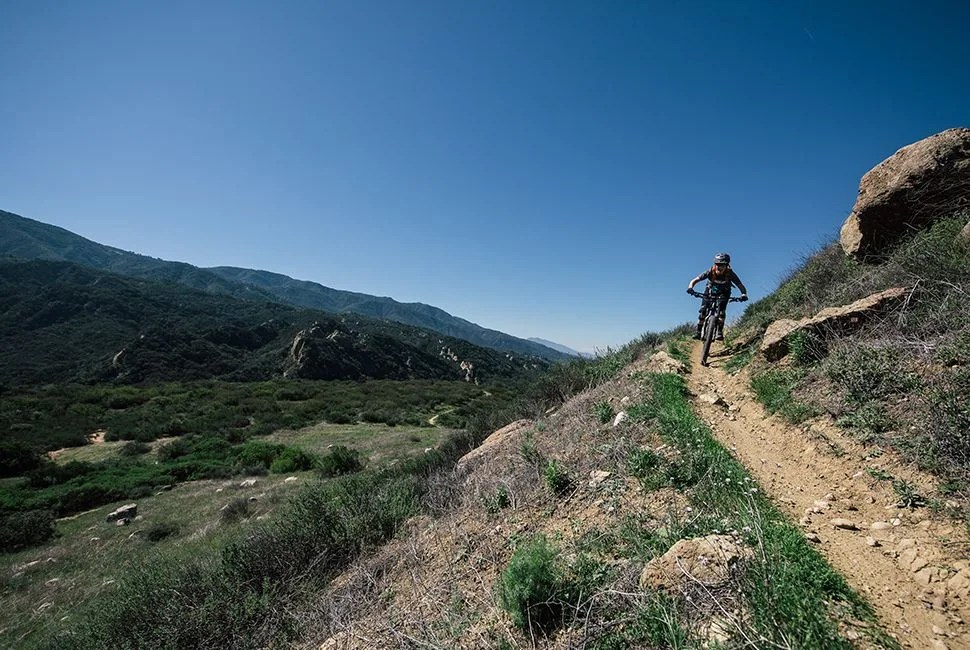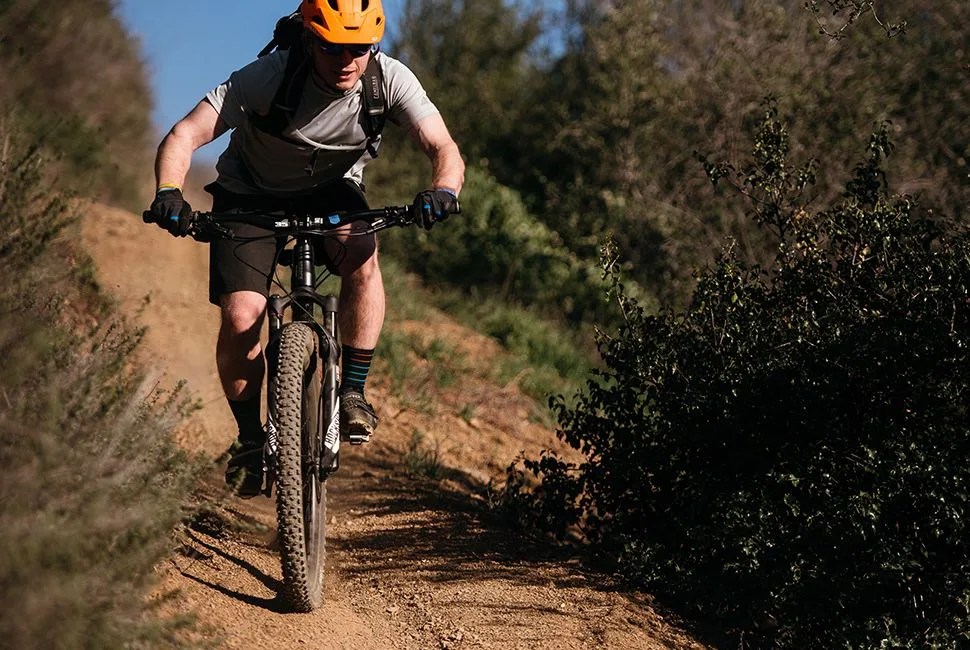5 photos
It’s no secret that in the minds of most mountain bikers, the words “Diamondback Bikes” call to mind a selection budget-minded bikes available mostly at big box stores across the US. But the Washington-based bike maker has invested three years in developing not only a new bike, but a completely new suspension platform, aimed at trail riders interested in bikes that pedal uphill just as well as they descend — an ambitious task given a track record of predominantly mid-tier mountain bikes. To test whether or not Diamondback hit that mark with its new Release 3, we headed to the hills above Santa Barbara, ready to find out whether or not Diamondback could shake the budget-brand stigma.
As a bike testing ground, Santa Barbara leaves little to be desired. A combination of long, steep climbs, flowing and rolling ribbons of single track, and steep, technical downhills make for terrain that would challenge any trail bike on the market — even those from brands who are more widely known for their high-end trail bikes (like Specialized, Yeti, Santa Cruz or Scott). As an added benefit, Santa Barbara is also at sea level, which would bode well for this NYC-based writer. I didn’t realize how crucial that would be until we hit the first sustained climb.
As Tested
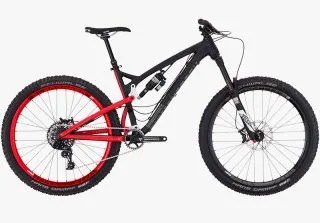
Price: $3,900
Wheel Size: 27.5 inches
Suspension Travel: 150mm front / 130mm rear
Frame Material: Hydroformed aluminum
Weight: 30 pounds (with Crank Brothers Candy 2 pedals)
Test Location: Romero Trail and Camuesa Connector, Santa Barbara, CA
As we hit the trail, I knew little about the Release, other than the fact that it was a trail bike. I became acquainted quickly. Around mile three or four, we hit grades of up to 27 percent, and my legs were screaming. The first thing you notice about the Release (other than its sexy two-tone colorway) is its weight. The bike is heavy, something that Diamondback admits to readily, weighing in at around 30 pounds — which made for a slow slog up the sustained climb.
